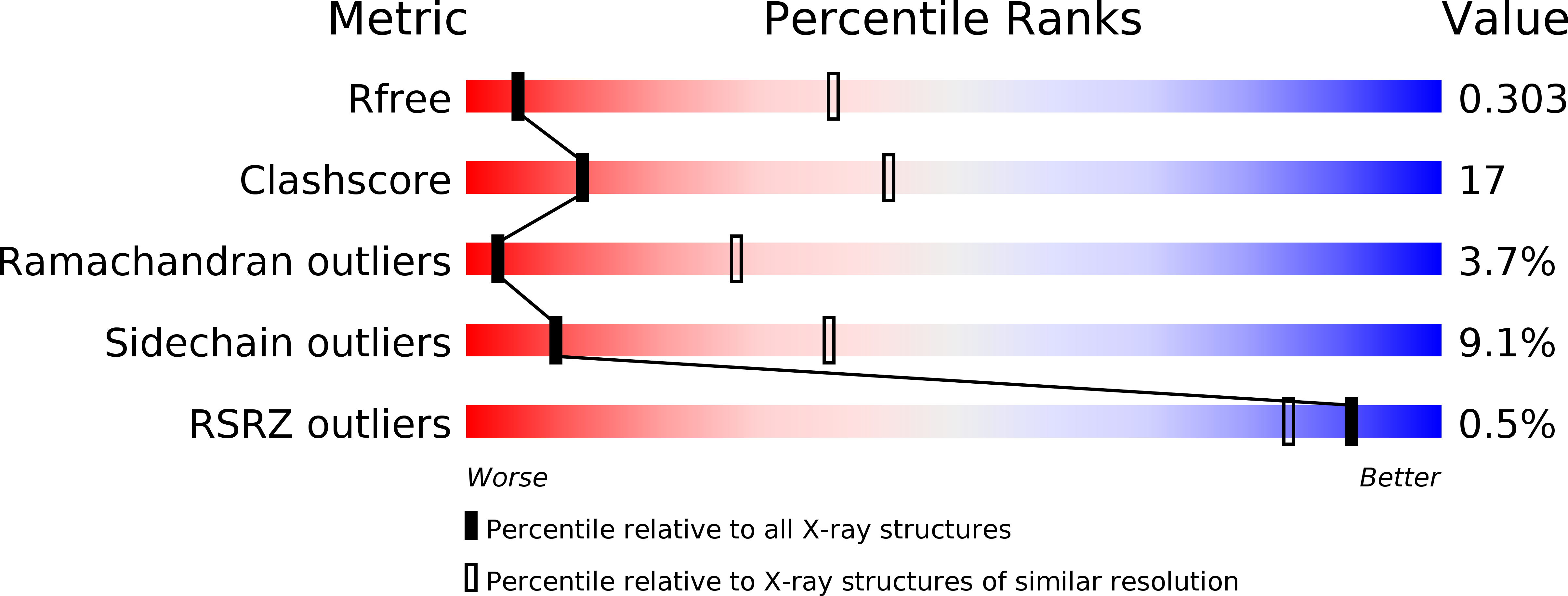
Deposition Date
2008-07-25
Release Date
2008-10-07
Last Version Date
2023-08-30
Entry Detail
PDB ID:
3DY5
Keywords:
Title:
Allene oxide synthase 8R-lipoxygenase from Plexaura homomalla
Biological Source:
Source Organism:
Plexaura homomalla (Taxon ID: 47982)
Host Organism:
Method Details:
Experimental Method:
Resolution:
3.51 Å
R-Value Free:
0.32
R-Value Work:
0.27
R-Value Observed:
0.27
Space Group:
C 1 2 1


